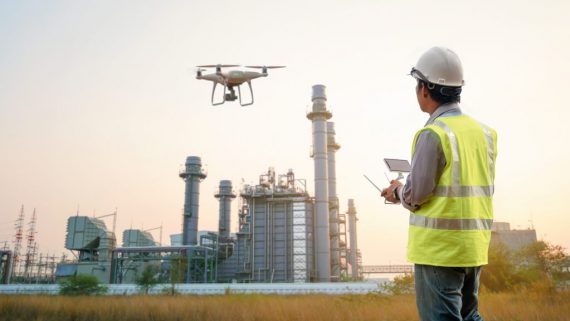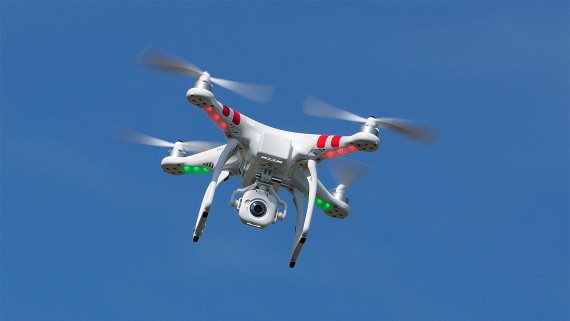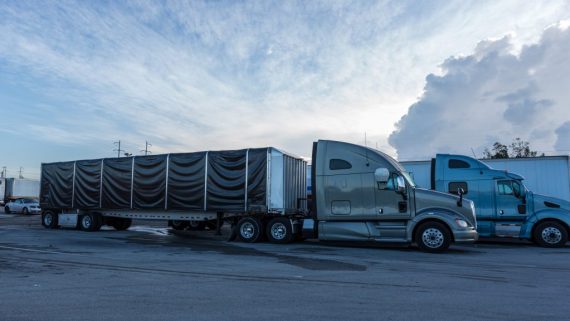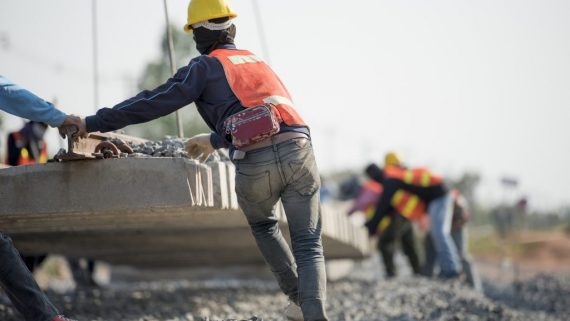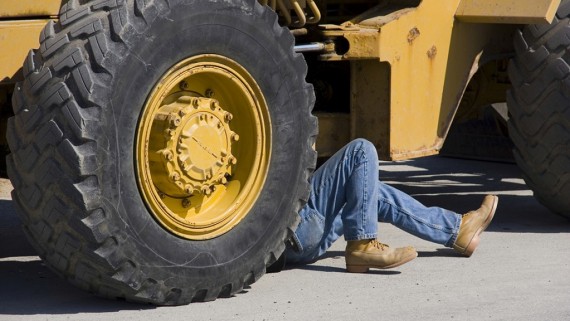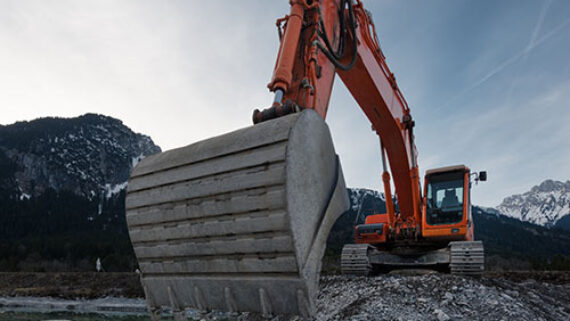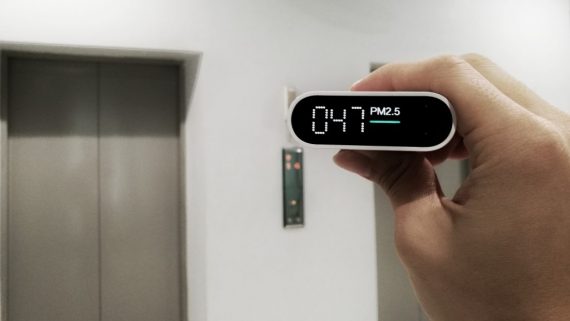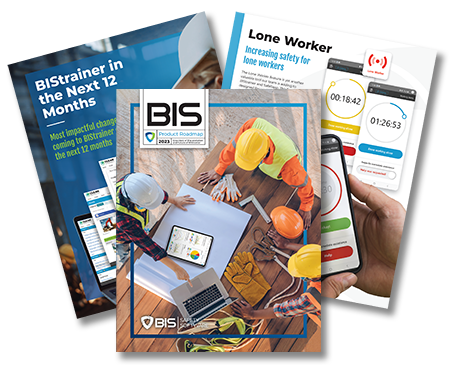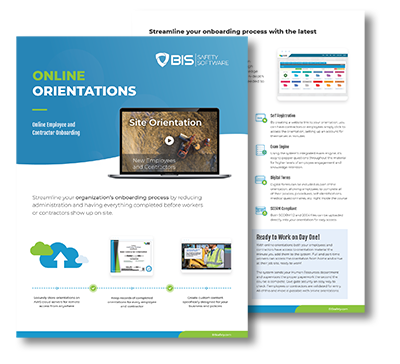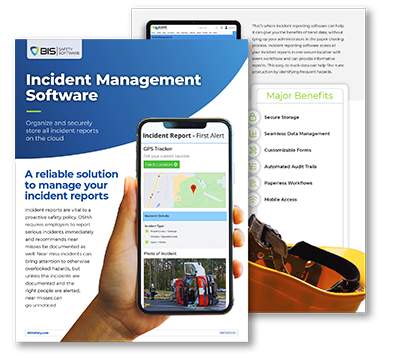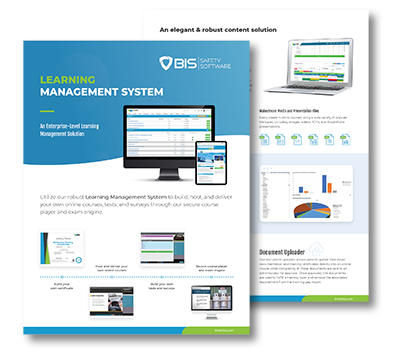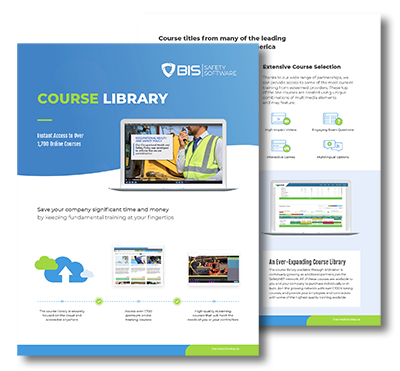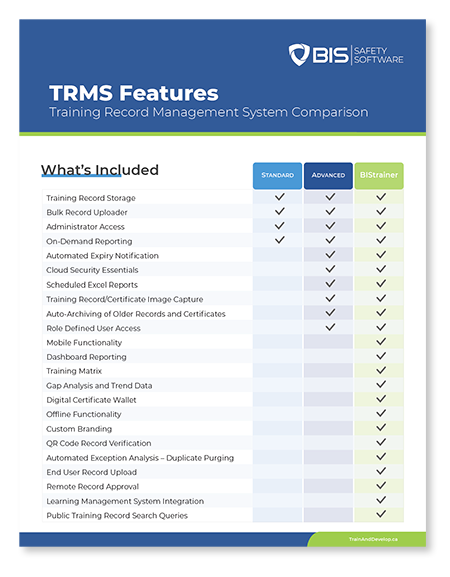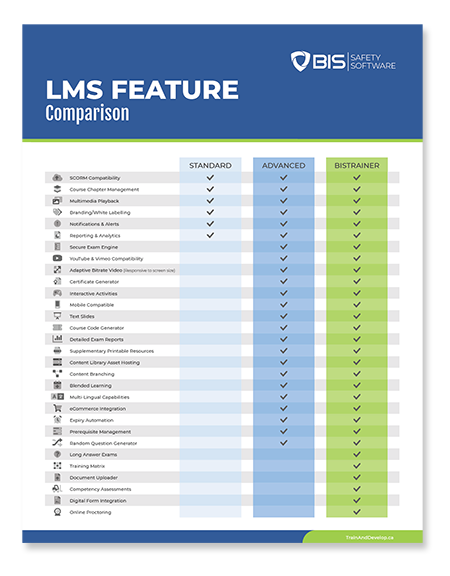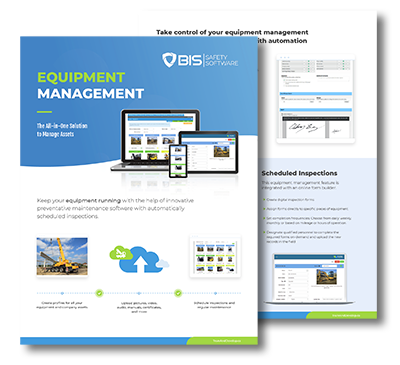Confined Space Entry
Confined Space Entry Training (Alberta) - Online Course
Many worksites have areas that are classified as restricted spaces or confined spaces. When working in these environments, additional precautions are necessary to prevent accidents. This Confined Space Entry online course provides workers with the required knowledge to stay safe when accessing a confined space.
A restricted space is an area that is fully or partially enclosed with limited means of access, and not designed for continuous occupancy. The main hazard in a restricted space is difficulty entering or leaving, but the environment itself is controlled and kept safe. Building attics are an example of restricted spaces.
A confined space has the same characteristics as a restricted space, with additional risk factors like hazardous atmospheres or high potential for injury. An area is also considered a confined space if any activity conducted inside or outside creates hazardous conditions. Restricted spaces can become confined spaces when interior conditions change.
The hazardous atmospheres that may be encountered in confined spaces include the following conditions:
- Flammability
- Explosivity
- Toxicity
- Oxygen deficiency (asphyxiation risk)
- Oxygen enrichment (toxicity risk)
Hazardous atmospheres can develop faster in confined spaces, due to the lack of natural ventilation and low air quality.
Confined spaces may involve conditions that can cause injury or illness, such as unstable walls inside a mine tunnel. Confined spaces can also become dangerous as a result of the activities conducted inside. For example, when a tank interior is being welded, fumes must be removed immediately with an extractor. These fumes irritate the respiratory system with brief exposure, and extended exposure causes severe health issues like organ damage.
Some examples of confined spaces are tunnels, wells, manholes, cold storage, ship holds, subcellars, tanks, culverts, silos, vaults and open ditches. These environments are normally entered for construction activities, inspections or maintenance.
In both restricted spaces and confined spaces, escape and rescue are more difficult due to the limited means of access. Adequate equipment and safety protocols are critical during a rescue; according to the Canadian Centre for Occupational Health and Safety (CCOHS), 60% of workplace fatalities related to confined spaces occur during rescue operations.

Entering a Confined Space
Generally, occupational health and safety codes consider that workers are in a confined space when their breathing zone is inside. Since limited means of access restrict natural ventilation, confined spaces often have low air quality. Many confined spaces also have entry hazards, such as steep ladders that are long or narrow.
Before entering a confined space, workers must identify the potential hazards and plan accordingly. Some hazards can be eliminated completely, while others can only be mitigated. Permits are normally required before entering confined spaces, and workers must wear all the personal protective equipment (PPE) that is necessary, depending on the location and task. Being well familiarized with emergency and rescue protocols is also very important.
Workers must also use adequate monitoring equipment in confined spaces, since some dangerous gases are colorless and odorless. Mechanical ventilation is often necessary, to compensate for the poor air quality in confined spaces. All the hazards found in regular workplaces can be encountered in confined spaces, but escape routes for workers are much more limited.
Like with many other workplace hazards, the risk of accidents in confined spaces is reduced when workers have all the necessary knowledge and equipment. Companies should be familiarized with all the code requirements and regulations for confined space entry and confined space training, which may change by jurisdiction.
CONFINED SPACE ENTRY ONLINE COURSE TOPICS
- Confined space basics
- Responsibilities
- Recognizing confined spaces
- Existing and potential confined space hazards
- Eliminating and controlling hazards
- Classification of confined spaces
- Entry authorization
- Confined space entry planning
- Personal protective equipment (PPE)
- Emergency and rescue procedures
Universally Compatible

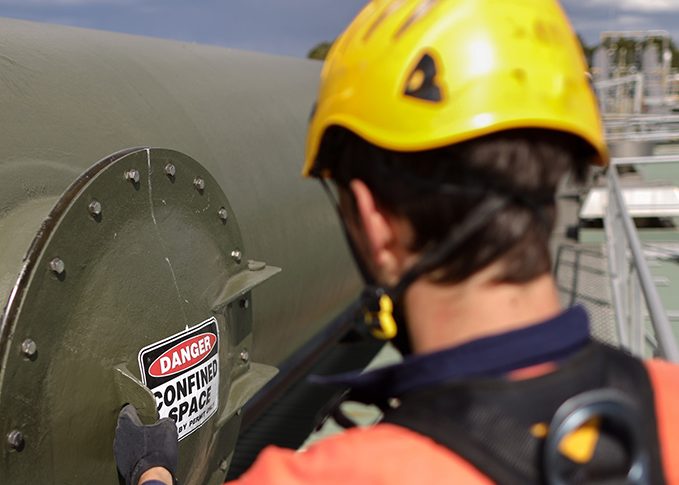
Duration
Average Completion Time
Completion times vary depending on the number of times the information is viewed prior to finishing the course. The average completion time is 2.5 hours.

Testing
Knowledge Assessment
Testing is conducted in this online course to reinforce the information presented. You are provided three opportunities to achieve a passing mark of 80% or greater.

Certificate
Certificate of Completion
Upon successful completion of this course, a certificate will be available to download and print. You can access your certificate through your online account.






